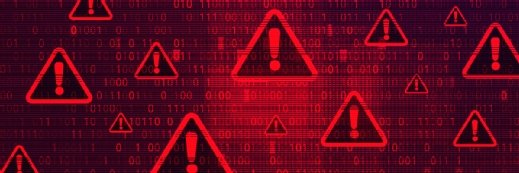Wireless network security: Controlling secondary connections
Secondary connections are the latest threat to corporate wireless networks and require more than password protection to remain secured.
College students do it. Coffee shop customers do it too. Your neighbour in Apartment 3C is probably doing it right now.
Many computer users search for an available wireless network to tap into -- at the mall, at school, at home -- whether they have permission to use that network or not. Knowingly or unknowingly, these wireless "parasites" may be doing more than filching a signal. When they connect, they can open up the network -- and all the computers on it -- to an array of security breaches.
These problems are compounded when someone allowed to use an organisation's wireless network adds an unauthorised wireless signal to increase the main network's signal strength. These unauthorised access points are especially vulnerable, often unprotected by any security measures that may exist on the main network.
At home, people usually use passwords to protect their wireless network from unauthorised access. But a new study by the A. James Clark School of Engineering's Michel Cukier indicates that passwords alone may not provide enough protection for home wireless networks and are particularly inadequate for the wireless networks of larger organisations.
At many organisations and locations around the country, thousands of users access widespread wireless networks legitimately at any given time. But, in turn, some of these users set up their own wireless networks, linked to the official network, to increase the signal in their office or home -- what computer experts call an unmanaged wireless access point.
If these secondary connections are not secure, they open up the entire network to trouble. Unsecured wireless access points pose problems for businesses, cities and other organisations that make wireless access available to customers, employees and residents. Unsecured connections are an open invitation to hackers seeking access to vulnerable computers.
Cukier recommends that wireless network owners and administrators take the following precautions to better secure wireless networks from "parasites" trolling for access and unsecured connections set up by legitimate users:
- Limited signal coverage
Limit the strength of your wireless network so it cannot be detected outside the bounds of your home or office. - Turn off SSID broadcasting
A Service Set IDentifier (SSID) is a code attached to packets (bits of information) on a wireless network that is used to identify each packet as part of that network. When SSID broadcasting is enabled on a wireless network, this network can be identified by all wireless clients within range. Conversely, when SSID broadcasting is disabled, the wireless network is not visible (to casual users) unless this code is entered in advance into the client's network setting. - WPA/WEP encryption
Encrypted communication will prevent confidential information from being disclosed. If the traffic over the wireless network is encrypted, an attacker must decrypt the password before retrieving information transmitted over the network. There are two encryption schemes available -- Wired Equivalent Privacy (WEP) and Wi-Fi Protected Access (WPA). In practice, only one of them can be used at a time. Regular changing of the encryption key may also help to protect the network. Whenever possible, WPA should be used because WEP can be decrypted by hackers equipped with special software. - Key management
Even if encryption is used, if the key to this encryption (generated by the network) is not changed often, a hacker may crack the key and decrypt the communication, so the key must be regularly changed. - MAC address
If a wireless access point accepts connections only from known MAC addresses (essentially a serial number unique to each manufactured network adaptor), a potential attacker will need to learn the addresses of legitimate computers in order to access the wireless network.










